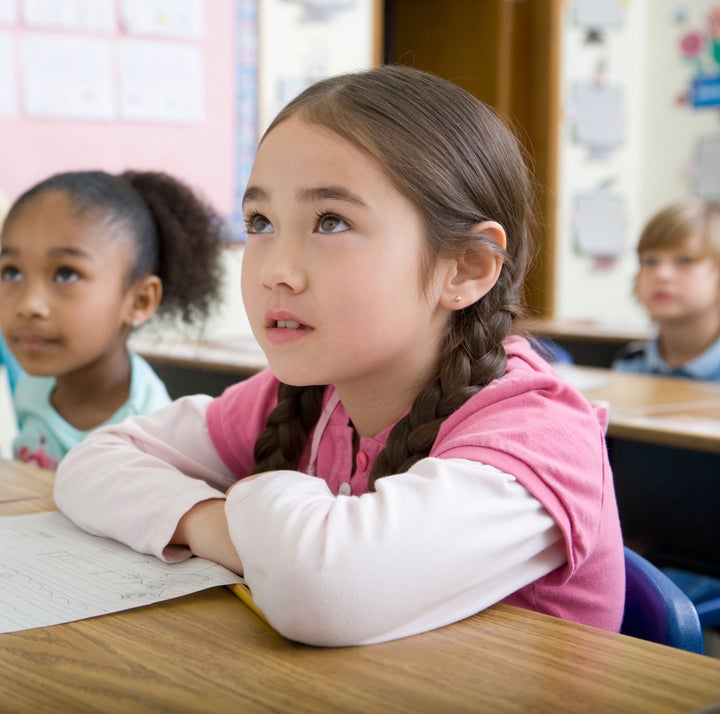
It was 1989. Pediatricians and early childhood educators developed Reach Out and Read at Boston Medical Center. The concept was simple: During well-child checkups, doctors would deliver books to children and critical messages about the importance of reading aloud to parents.
Fast forward 23 years.
The concept remains simple. But, the book has become more complicated.
For the first time in our organization's history, we find ourselves faced with a new kind of children's book, one that is displayed on the screen of a tablet. Devices such as the NOOK, the Kindle, the iPad, and the Fable are leading us to a new frontier of literacy -- whether we like it or not.
Already, there have been lots of voices in the mix of the e-reader debate. The New York Times wrote about tech-savvy parents who insist on traditional books for their children. The Washington Post reported on the pros and cons of apps for kids on smartphones and tablets. A Maine School Superintendent last year made waves when every kindergartner in his district received an iPad, and he declared that the device was "even more important than a book."
And there's so much more to come.
As a nonprofit dedicated to fostering literacy-rich home environments and children who love books and reading, we're paying close attention to the e-reader debate. We're thinking and studying and talking. We don't know the answers -- yet.
What we do know is what we've always known: Children who are read to from an early age have a better chance of succeeding in school and in life than those who are not. That's the message we continue to spread. With research behind us, we know that engaged parents can make a serious and meaningful difference in their children's educational outcomes.
For an e-reader to be an effective learning and bonding tool, it needs to be used responsibly. Many devices come with bells and whistles that can distract both parents and children.
The e-reader should be used by parents and children together with focus, with the same goals as a physical book. It should stimulate a child's language, listening, prediction, and cognitive skills, build curiosity and memory, and create a nurturing environment positive for both the parent and the child.
Time spent reading aloud to a child should be just that, not an opportunity to check email, play games, or update a Facebook status.
As the technology develops and the conversation around e-readers unfolds, we'll continue to recommend that parents read aloud to their children at least 20 minutes each and every day. We'll still encourage families to talk and sing and imagine together. And we'll always remind them that the best parent-child bonding time happens over a book.
We can't -- and don't want to -- stop innovation.
Change is upon us. It's what we do with that change that matters most.